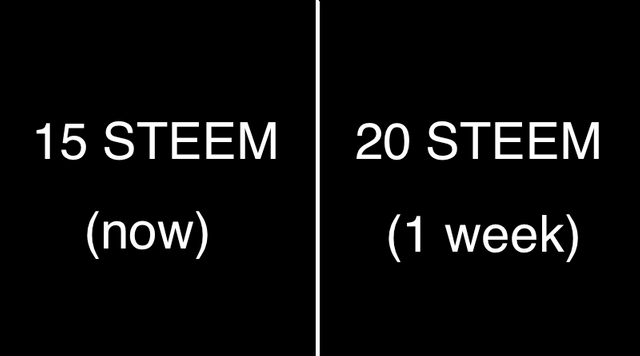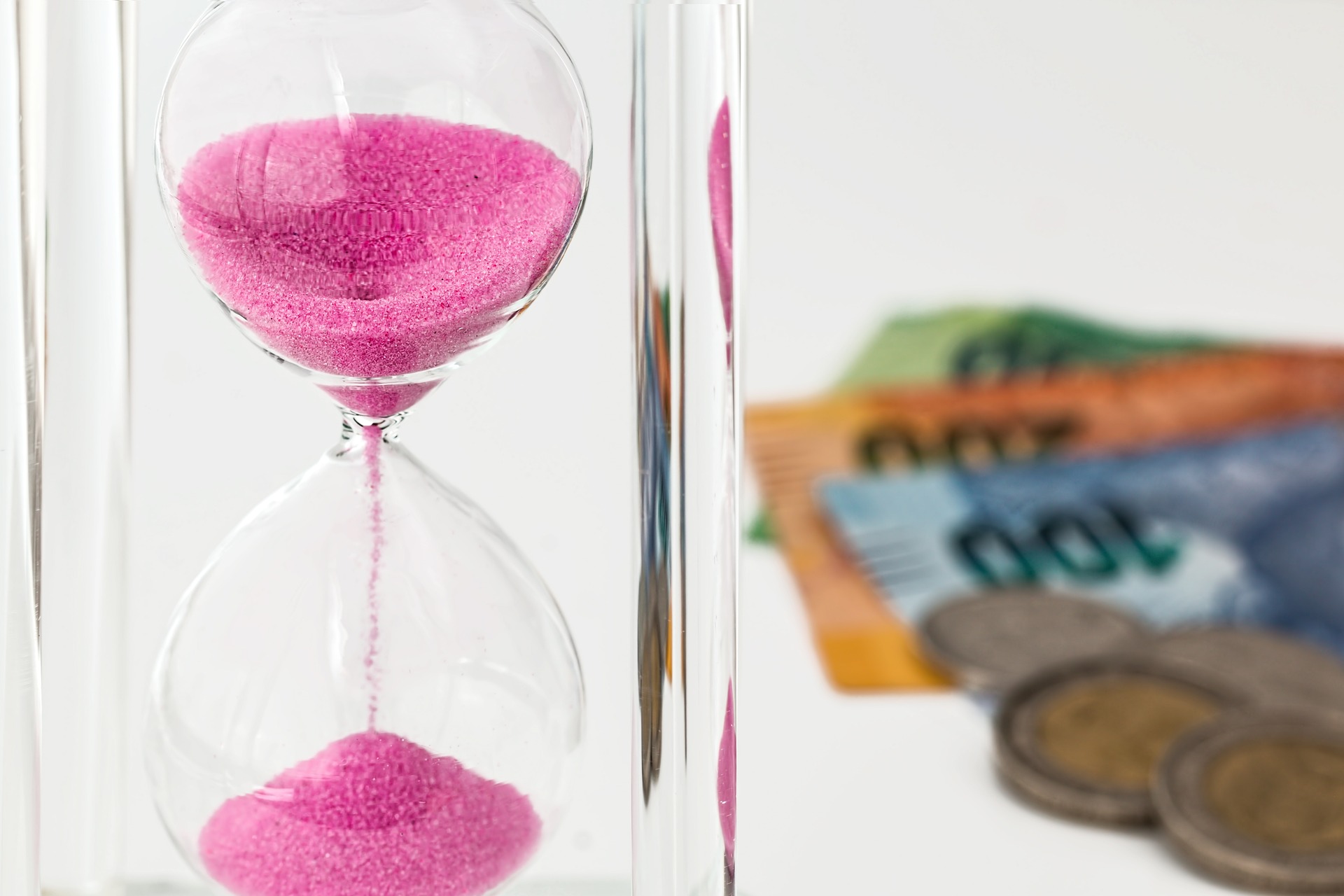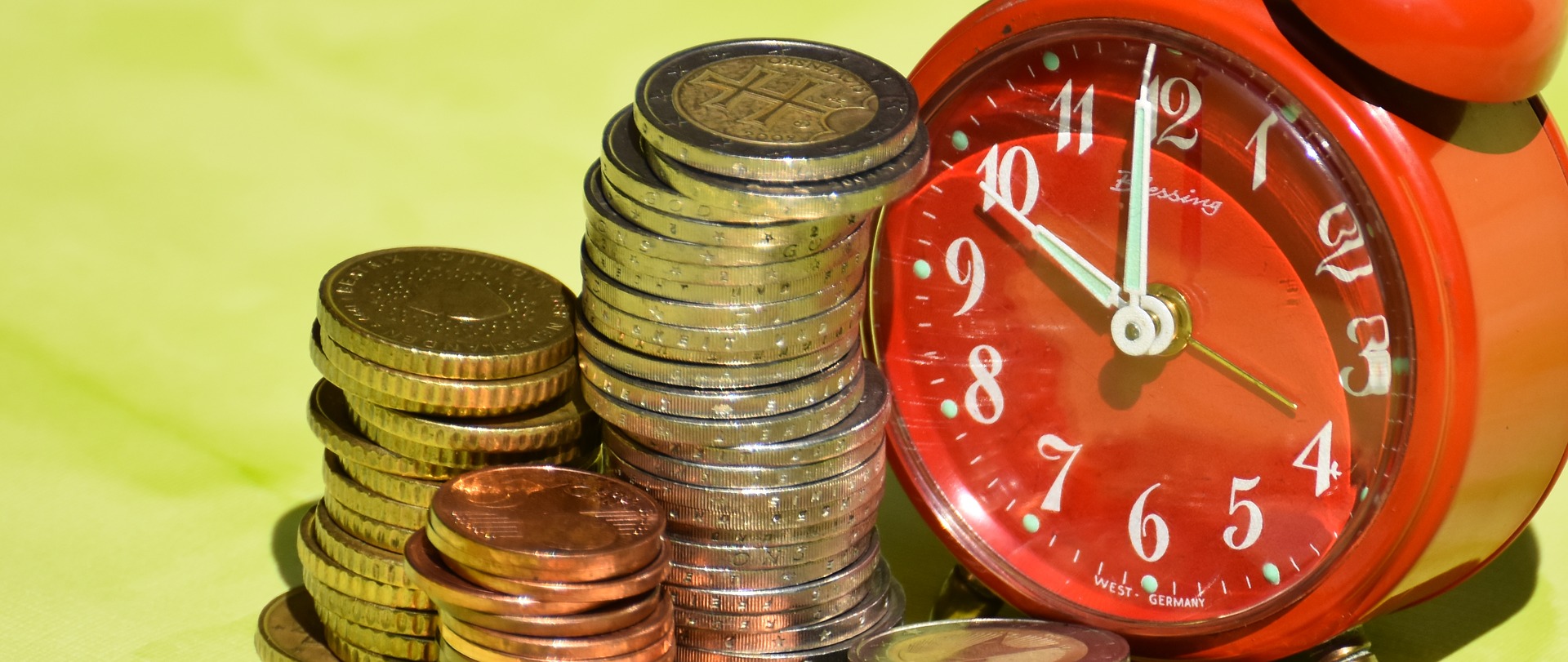Understanding Impulsive Decisions: A Scientific Approach
Maladaptive Behavior and You
Have you ever procrastinated an important task, overslept, or had a little too much to drink? Like you, everybody exhibits maladaptive behaviors. While this behavior usually doesn't seriously interfere with a person's everyday functioning, it can dramatically disrupt lives. For example, engagement in risky decision making and unhealthy substance abuse are maladaptive behaviors that are seriously harmful to a person's well-being.
Understanding this type of behavior is incredibly important for behavioral science. In fact, it's central to my own research! But how do we measure this behavior? Some researchers suggest measuring people's tendency to make impulsive choices by using a test called Delay Discounting.
How Do We Measure Impulsive Choice?
Delay Discounting
Delay Discounting (DD) is a task that is commonly used to assess someone's tendency to make impulsive choices. The task is simple. For example: would you rather have 15 STEEM now or 20 STEEM in a week?
In order to understand how a particular person makes a decision, we ask them about 100 variations of that "some money now vs. more money later" question. When conducting research, the person answering the question is motivated by knowing that they're going to see some real money based on their decision, since a certain percentage of the tests are for real payout.

A delay discounting trail: which would you choose?
DD is a useful task, but it doesn't assess someone's ability to optimize decision making to different evironments. There's a different test for that.
Willingness to Wait
This task is a little more complicated, and not as well studied as DD. Willingness to Wait (WTW) requires optimization of impulsivity. WTW tests contain two different blocks of trails. Each block only goes on for a limited amount of time, so you want to optimize your decision making quickly in order to get paid as much as possible.
During each trail, you can quit at any time and receive a small amount of money. However, you might receive a larger sum if you wait. After money has been received, you move on to the next trail after a 2 second pause. In Block 1 and Block 2, different waiting strategies lead to greater earnings:
- In Block 1, patience is optimal because the big reward is likely to be given late in a trail.
- In Block 2, the big reward is likely to be given towards the start of the trail. As a Block 2 trail goes on, the big reward becomes less and less likely to be granted. Therefore, the optimal strategy in Block 2 is to quit after the first few seconds if you haven't been given the larger reward.

Comparing Tasks
Sounds complicated? Well, it is. But this complex task lets people like me measure impulsive choice behavior in a more thorough way. In order to understand the maladaptive behavior, we have to examine how people adapt their decision making to different conditions.
To my knowledge, nobody has directly compared DD and WTW, so this will be part of what my research explores. Comprehensively understanding the relationship between these two tasks will help us understand maladaptive behavior much more thoroughly.
Coming up: Introduction to Neuroimaging
While I am examining the relationship between DD and WTW in terms of behavior, I am also examining the differences in brain activity shown by people taking these two different tests. How? Using neuroimaging! Stay tuned to learn how brains are scanned.
Sources
Bickel, W. K., Miller, M. L., Yi, R., Kowal, B. P., Lindquist, D. M., & Pitcock, J. A. (2007). Behavioral and neuroeconomics of drug addiction: competing neural systems and temporal discounting processes. Drug and Alcohol Dependence, 90 Suppl 1, S85-91. https://doi.org/10.1016/j.drugalcdep.2006.09.016
Kirby, K. N., & Maraković, N. N. (1995). Modeling Myopic Decisions: Evidence for Hyperbolic Delay-Discounting within Subjects and Amounts. Organizational Behavior and Human Decision Processes, 64(1), 22–30. https://doi.org/10.1006/obhd.1995.1086
Peters, J., & Büchel, C. (2011). The neural mechanisms of inter-temporal decision-making: understanding variability. Trends in Cognitive Sciences, 15(5), 227–239. https://doi.org/10.1016/j.tics.2011.03.002
Related posts
- Steemit for Students – more about this post series
- How to Keep Track of Facts – how to cite sources
Steem on!


But in my utility function, I see so much added pleasure in getting what I want exactly when I want it! + The Net Present Value of the mental pain experienced every day waiting is too large, it's unbearable! :P (I'm sure I can rationalize my irrational behavior if I try really hard!)
It's a fascinating topic. I remember that roughly 2 years into my bachelor's in economics, I thought I would specialize in behavioral economics, since I was so keen on understanding the origins of actions that drove the economy and people's decisions. Ended up getting hooked on more natural sciences, and space in particular, which is why I chose a more multi-disciplinary path, but still love the subject.
Good work man!
Following you for more :)
Thanks @fredrikaa! And yeah, it's super interesting. Behaviors that are very instinctual but bad for us in the long term are really interesting to study. But then again, so is space! Excited to read more about your own multidisciplinary path, will stay tuned :)
Great post on DD and WTW! Looking forward to learning more about how brains are scanned. Super well sourced and structured @somethingburger.
Thank you @voronoi! More on the way
Well you defined me in this article I'm master of delaying and I'm definelty terrible in my impulsive decisions
:) Aren't we all, @steeminator3000
I think learned a bit more about myself when you used STEEM example.
Makes you think! Immediate rewards are dangerously appealing.
Thanks for writing this, @somethingburger. This is exactly the kind of STEM content I'm looking forward to reading more of on here, especially since it is neuroscience related. I also liked how you used a smaller font for your sources. I'm taking mental notes for my own source formatting. Did you choose an h6 style header for each line or were you able to format it for the entire sources section?
I like that you have a Related Posts section as well. In retrospect, I should have done that for my own series, but I think I was becoming self-conscious of the page length.
Really looking forward to your post on neuroimaging. Can't wait to read it! Upvoted, followed, and resteemed.
I appreciate that, @joshpeterson! My source formatting looks like this:
<sup>source1<br>source2</sup>. I'm eager to see your upcoming posts as well :)Awesome, so you're using a superscript tag? https://www.w3schools.com/tags/tag_sup.asp
Thanks, @somethingburger!
Great post and I wish steemit had a sticky or pin option because this is one of those special posts. ??
Great post. I will take 20 steemies in a week if that's what your offering!! I imagine you may have seen this Ted talk but I will post it anyway. Good stuff.